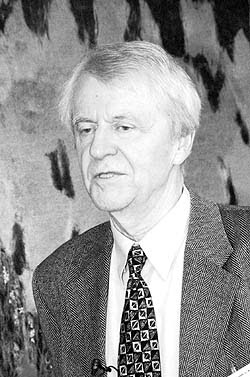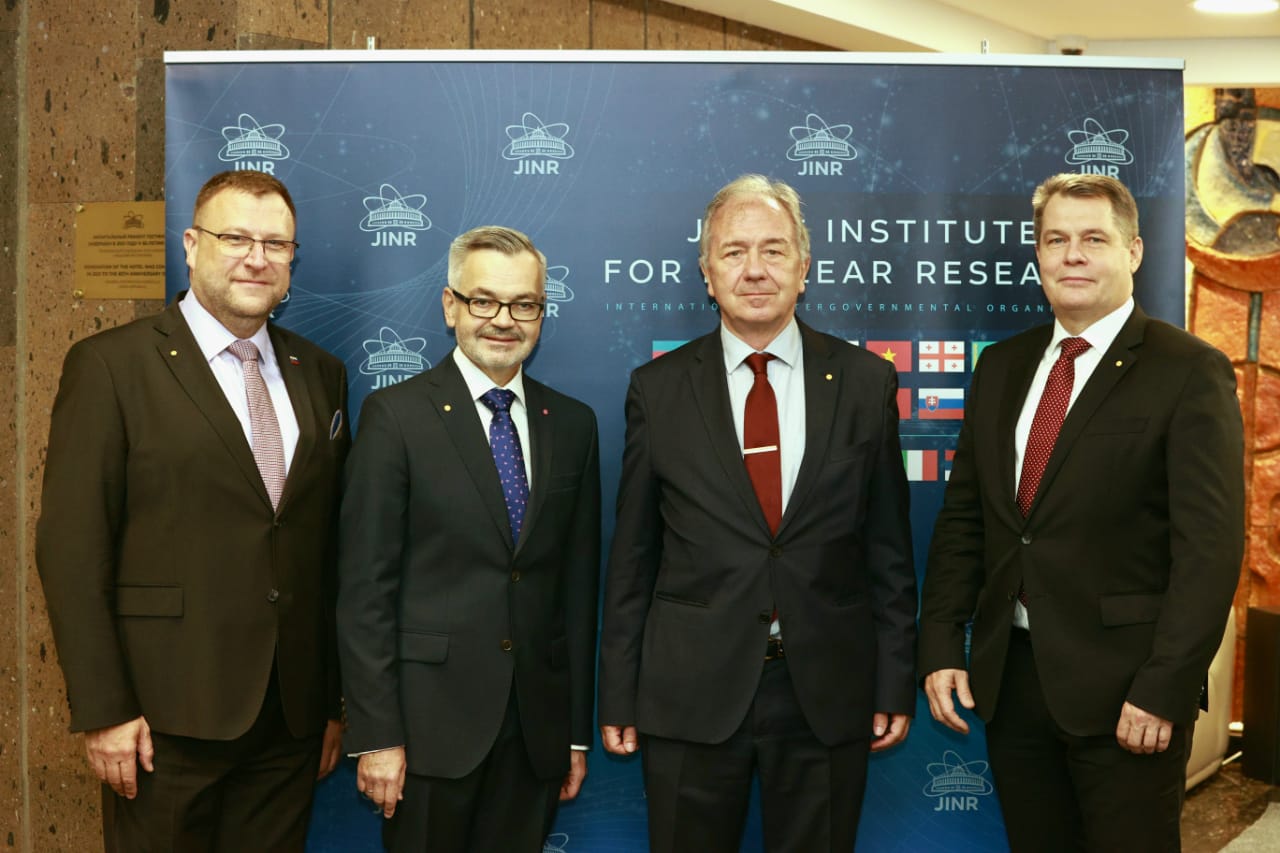K- over K+ multiplicity ratio for kaons produced in DIS with a large fraction of the virtual-photon energy
Autor
| Akhunzyanov R. | SÚJV |
| Finger Miroslav, prof. Ing. DrSc. | Matematicko-fyzikální fakulta UK v Praze |
| Finger Michael, M.Sc. CSc. | Matematicko-fyzikální fakulta UK v Praze, SÚJV Dubna |
| Slunečka Miloš, Ing. | Matematicko-fyzikální fakulta UK v Praze, SÚJV Dubna |
| Smolík Jan, Mgr. Ph.D. | Fakulta jaderná a fyzikálně inženýrská ČVUT |
| Taševský Marek, Mgr. Ph.D. | Fyzikální ústav AV ČR |
| et al. | COMPASS collaboration |
Rok
2018
Časopis
Physics Letters B, 786, 390-398
Web
Obsah
The K- over K+ multiplicity ratio is measured in deep-inelastic scattering, for the first time for kaons carrying a large fraction z of the virtual-photon energy. The data were obtained by the COMPASS collaboration using a 160 GeV muon beam and an isoscalar (LiD)-Li-6 target. The regime of deep-inelastic scattering is ensured by requiring Q(2) > 1 (GeV/c)(2) for the photon virtuality and W > 5 GeV/c(2) for the invariant mass of the produced hadronic system. Kaons are identified in the momentum range from 12 GeV/c to 40 GeV/c, thereby restricting the range in Bjorken-x to 0.01 < x < 0.40. The z-dependence of the multiplicity ratio is studied for z > 0.75. For very large values of z, i.e. z > 0.8, we observe the kaon multiplicity ratio to fall below the lower limits expected from calculations based on leading and nextto-leading order perturbative quantum chromodynamics. Also, the kaon multiplicity ratio shows a strong dependence on the missing mass of the single-kaon production process. This suggests that within the perturbative quantum chromodynamics formalism an additional correction may be required, which takes into account the phase space available for hadronisation. (C) 2018 The Author(s). Published by Elsevier B.V.
Příklad citace článku:
R. Akhunzyanov, M. Finger, M. Finger, M. Slunečka, J. Smolík, M. Taševský , . et al., "K- over K+ multiplicity ratio for kaons produced in DIS with a large fraction of the virtual-photon energy", Physics Letters B, 786, 390-398 (2018)


 MINISTR ŠKOLSTVÍ KE SPOLUPRÁCI ČR S SÚJV
MINISTR ŠKOLSTVÍ KE SPOLUPRÁCI ČR S SÚJV INTEREST JINR, Wave 6
INTEREST JINR, Wave 6 Zemřel profesor Ivo Zvára
Zemřel profesor Ivo Zvára Výzva k podávání žádostí na projekty řešené ve spolupráci s SÚJV (Projekty 3+3)
Výzva k podávání žádostí na projekty řešené ve spolupráci s SÚJV (Projekty 3+3)  Výzva k podávání žádostí na Granty zplnomocněného představitele vlády ČR v SÚJV
Výzva k podávání žádostí na Granty zplnomocněného představitele vlády ČR v SÚJV Velvyslanec ČR v RF navštívil SÚJV
Velvyslanec ČR v RF navštívil SÚJV INTEREST JINR, Wave 5
INTEREST JINR, Wave 5 Ruské vízové centrum
Ruské vízové centrum Pracovní pobyty ČR - SÚJV 2022
Pracovní pobyty ČR - SÚJV 2022